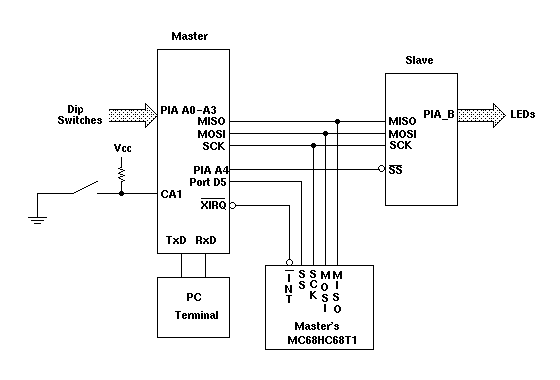
Figure 1: Connection of two HC11 EVBU boards for serial communication.
- When the switch is pressed, the falling edge should generate a IRQ interrupt. In the interrupt service routine, the master will read the dip switches connected to its PIA Port A0-A3, send that number to the slave over the SPI. It will then return from the interrupt service routine.
- The MC68HC68T1 Real Time Clock should be programmed to generate an interrupt on the XIRQ line every second.
- In the XIRQ interrupt service routine, the master should read the current time from its Real Time Clock, and set a global variable telling the main program that a new time is available.
- In the main program, the master should monitor the new time flag. When
a new time is available the master should display that time on the PC terminal
using BUFFALO routines, such as in Lab 7.
- An interrupt will be generated when the slave receives data on its SPI port. In the interrupt service routine, the slave should read the value from SPDR, change a global variable which will control the display mode, and change the RTI interrupt rate.
- The slave should use the RTI interrupt to update its display based on the instructions received from the master.
- Initially, the slave should run in the increment mode, with a 33 ms
update rate.
- The time from the falling edge on CA1 to data being sent over the
SPI. This is how long it takes the master to get into the CA1
interrupt service routine, read Port A, and send the data.
- The SPI clock frequency.
- Determine on which SCLK edge the data is valid, and whether the
data is sent with the most significant bit or least significant bit first.